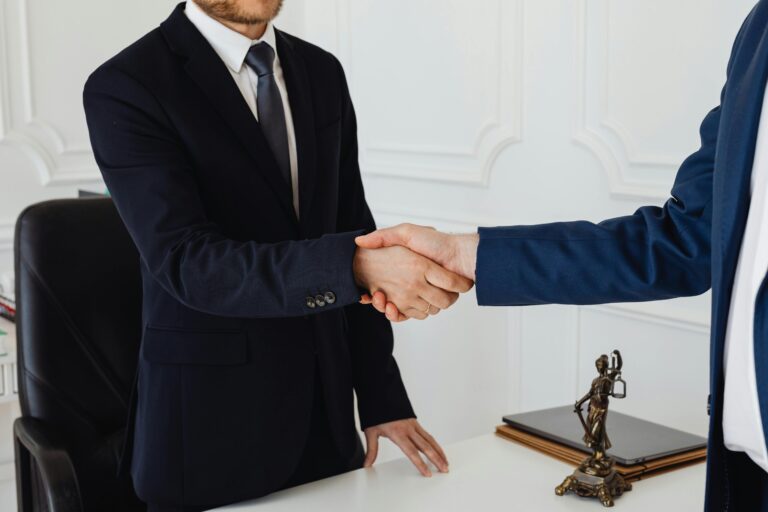Hannah Finnie is a writer in Washington, D.C. interested in the intersections of work and culture. She is a graduate of Harvard Law School.
News has come out that Current Affairs, a socialist magazine, fired all but one of its employees after it became clear the workers were moving towards transitioning the structure of the magazine to a worker co-op. The magazine, according to three of the fired workers, was in need of a more egalitarian and progressive structure, and its staff had been discussing the best way forward for a long time. After a vote on which path to move forward with was finally held, though, and it seemed like a worker co-op was going to be the victor, the editor-in-chief of Current Affairs fired the five employees. The magazine is currently on hiatus.
A new study analyzed the effects that 21 states ending pandemic unemployment assistance early had on the people who had been receiving the additional benefits by studying their banking data. The move wholly eliminated benefits for over 2 million workers and reduced benefits for another 1 million workers by $300 a week, according to the study. The study found that for every eight workers who lost their benefits, just one worker has found a new job since. The study also found that for every $1 of reduced benefits, spending fell by 52 cents whereas only 7 cents of new income was found. Overall, the authors of the study used this data to find that in the early-withdrawal states, spending fell by approximately $2 billion while earnings because of returning to work rose by just $270 million.
Finally, a new article analyzing how Michigan’s workers turned to unions during the pandemic revealed an increase in unionized workers, even despite the overall loss in jobs. Citing Bureau of Labor Statistics data, the article notes that 15.2% of Michigan’s wage and salaried workers were unionized in 2020, up from 13.6% in 2019. This contradicts the overall trend of declining union membership, though there are demographics and job sectors where this isn’t true (young workers, for instance, have increasing unionization rates). The article cites new interest in unionizing in health care settings that helped offset losses in the tourism industry, which has a decent amount of unionized workers.






Daily News & Commentary
Start your day with our roundup of the latest labor developments. See all
December 22
Worker-friendly legislation enacted in New York; UW Professor wins free speech case; Trucking company ordered to pay $23 million to Teamsters.
December 21
Argentine unions march against labor law reform; WNBA players vote to authorize a strike; and the NLRB prepares to clear its backlog.
December 19
Labor law professors file an amici curiae and the NLRB regains quorum.
December 18
New Jersey adopts disparate impact rules; Teamsters oppose railroad merger; court pauses more shutdown layoffs.
December 17
The TSA suspends a labor union representing 47,000 officers for a second time; the Trump administration seeks to recruit over 1,000 artificial intelligence experts to the federal workforce; and the New York Times reports on the tumultuous changes that U.S. labor relations has seen over the past year.
December 16
Second Circuit affirms dismissal of former collegiate athletes’ antitrust suit; UPS will invest $120 million in truck-unloading robots; Sharon Block argues there are reasons for optimism about labor’s future.